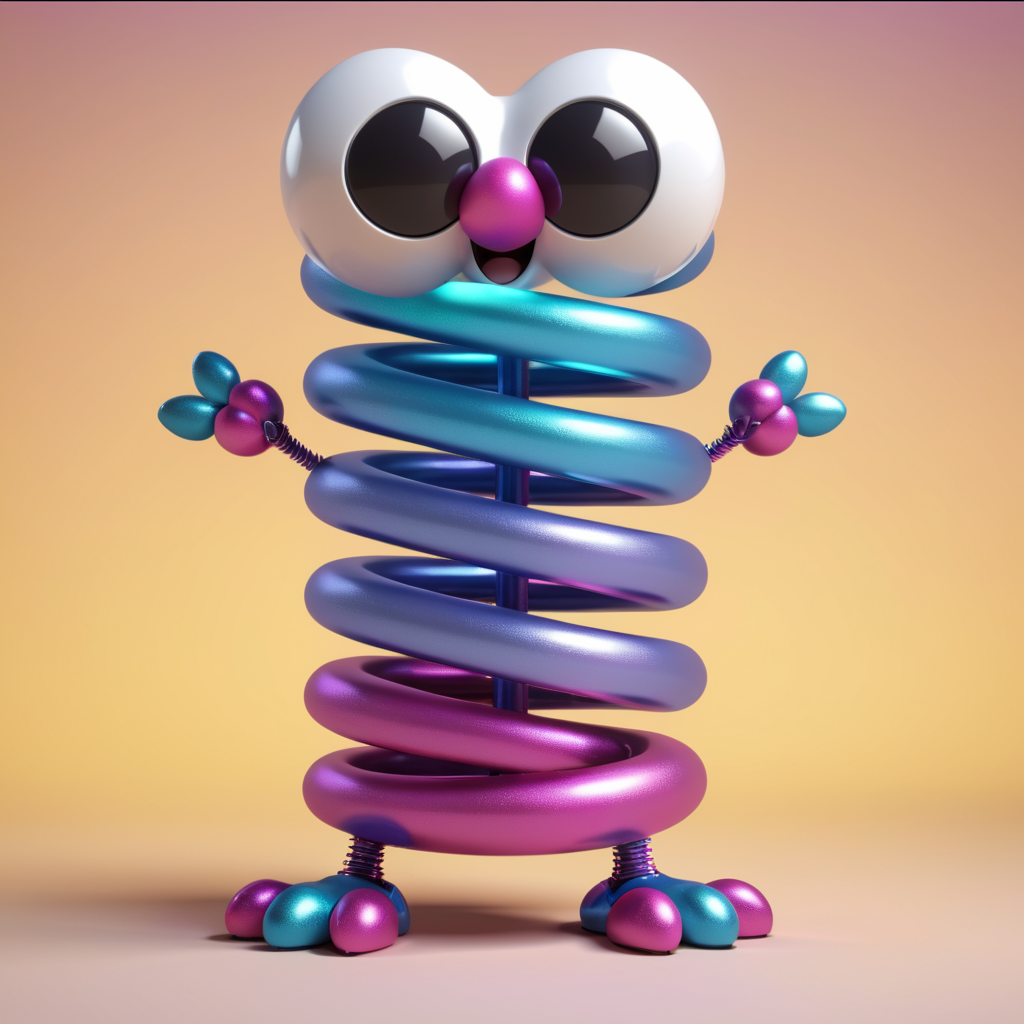


Explore the dynamic capabilities of use-spring from react-spring and dive deep into making your React applications come alive with natural, physics-based animations.
Introduction
In the dynamic world of web development, animations play a crucial role in enhancing user experience by making interfaces smoother and more interactive. react-spring stands out by providing fluid, natural motion animations to React and Remix applications, thanks to its spring-physics based system. This post explores the use-spring hook, a powerful feature of react-spring that lets you create compelling animations with ease.
What is use-spring?
use-spring is a hook provided by react-spring that allows you to animate almost anything in your React or Remix application, from opacity and color transitions to complex transformations like rotations and scaling. Unlike traditional animation libraries that rely on duration-based timings, use-spring uses spring dynamics for a more natural feel.
Getting Started with use-spring
To start using use-spring, you'll first need to install react-spring. You can add it to your project via npm:
npm install react-springHere's a simple example to demonstrate how use-spring can be used to animate a component:
use-spring basics
import { useSpring, animated } from 'react-spring';
function FadeInComponent() {
const props = useSpring({ opacity: 1, from: { opacity: 0 } });
return (
<animated.div style={props} className="p-[1vh] bg-violet-800">
I fade in!
</animated.div>
);
}In this example, the component fades in from opacity 0 to 1 when it mounts.
Advanced Usage
use-spring can also handle more complex animations:
use-spring basics
import { useSpring, animated } from 'react-spring';
function MovingBox() {
const movingProps = useSpring({
from: { transform: 'translateX(0%)' },
to: { transform: 'translateX(100%)' },
config: { mass: 1, tension: 120, friction: 14 },
});
return (
<animated.div style={movingProps} className="p-[1vh] bg-violet-800">
I move right!
</animated.div>
);
}Core Concepts
- Spring Physics Explained: At its core, use-spring utilizes a physics-based model which simulates the characteristics of a spring. This model is defined by parameters such as tension, which controls the stiffness of the spring; friction, which dampens the motion; and mass, which affects the inertia of the animated object. By adjusting these parameters, developers can create animations that feel natural and responsive to user interactions.
- Animation Properties: The use-spring hook provides several properties that help customize the behavior of animations. For example, from and to define the starting and ending states of the animation, while reset, reverse, and loop control how the animation progresses and repeats. Understanding these properties allows developers to create more dynamic and interactive animations.
Advanced Configuration
Configuring Spring Parameters: Each animation can be fine-tuned with its own set of spring parameters. For instance, a scaling animation might use low tension and high friction to simulate the effect of something loosely bouncing back into place. Here’s how you might configure a spring for such an effect:
use-spring basics
const scaleSpring = useSpring({
from: { transform: 'scale(1)' },
to: { transform: 'scale(2)' },
config: { tension: 70, friction: 10 }
});Using config Property: The config property allows developers to quickly apply common types of dynamics to an animation. react-spring offers several presets such as molasses, gentle, and stiff, which can be used to apply consistent traits across different animations.
Handling Events and Lifecycles
- Events in Animations: The use-spring hook supports several events that can help manage the animation lifecycle. onStart is triggered when the animation begins, onRest when it comes to a stop, and onChange whenever the animated values change. These can be crucial for coordinating complex sequences of animations or triggering side effects in your application.
- Lifecycle Management: Managing the lifecycle of animations in React and Remix is straightforward with use-spring. You can easily start, stop, and adjust animations based on component lifecycle methods or React hooks such as useEffect. This ensures that animations remain in sync with the user interface and state of the application.
Practical Examples
- Complex Motion Paths: Animating an element along a path can be achieved by interpolating the motion based on the animated value. For instance, you might animate a component along a bezier curve by interpolating its left and top properties based on the progress of the animation:
const XandYAnimation = useSpring({
from: { x: 0, y: 0 },
to: { x: 200, y: 60 },
config: { duration: 3000 }
});use-spring basics
- Chained Animations: To create a sequence of animations, you can use useChain to coordinate the timing of multiple use-spring animations. This allows you to create sophisticated animation sequences that are dependent on each other's completion.
Performance Optimization
- Optimizing for Performance: To ensure animations do not hinder performance, it’s important to optimize the number of active animations and consider using the will-change CSS property to inform the browser of elements that will animate. This can help in preparing the browser for potential changes, improving rendering performance.
- Best Practices: Some best practices with use-spring include minimizing the number of animatable properties, using the config presets for consistency, and being mindful of rerenders in React and Remix that might trigger animations unintentionally.
Conclusion
With all the capabilities of use-spring, developers can create incredibly fluid, dynamic, and responsive animations that enhance user experience. This expanded guide provides a deeper dive into making the most out of react-spring for sophisticated and performance-friendly web animations.
Thanks for taking this journey with me into the world of use-spring and react-spring. I hope you found this guide helpful and inspiring for your next animation project. Remember, the possibilities are endless when it comes to creating engaging and interactive animations with use-spring! So get animating! You might get as addicted to it as I am.